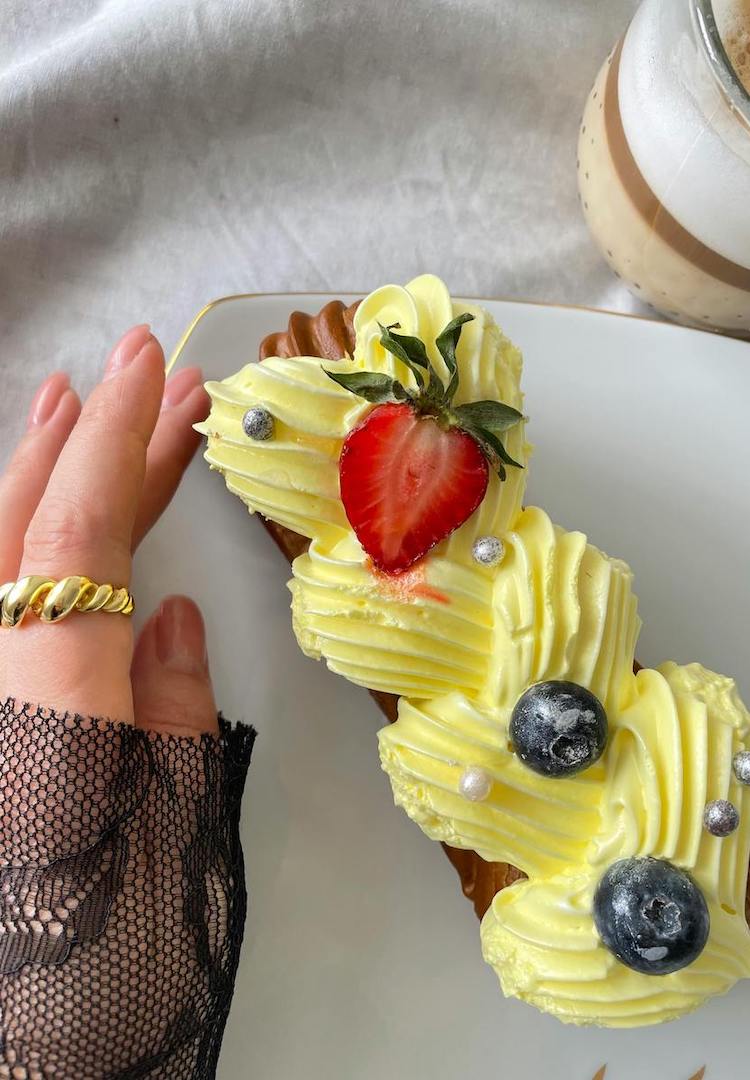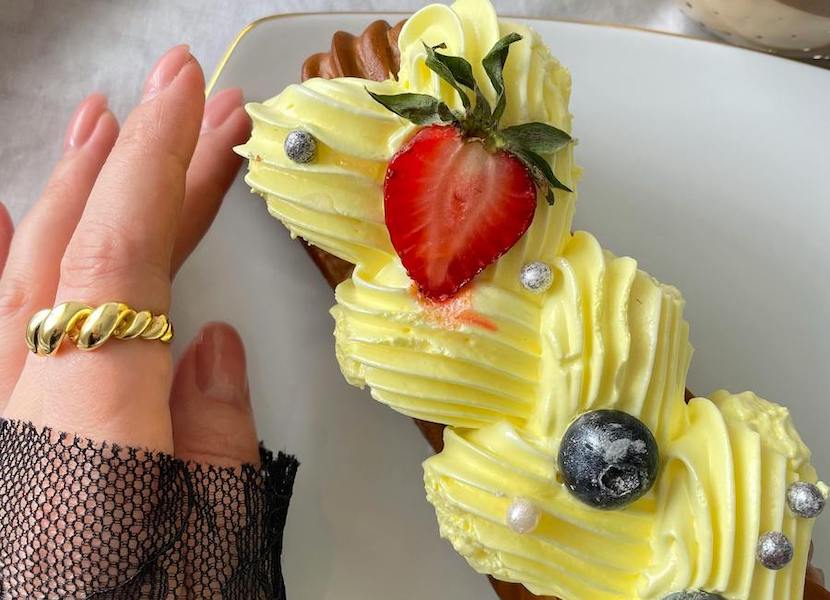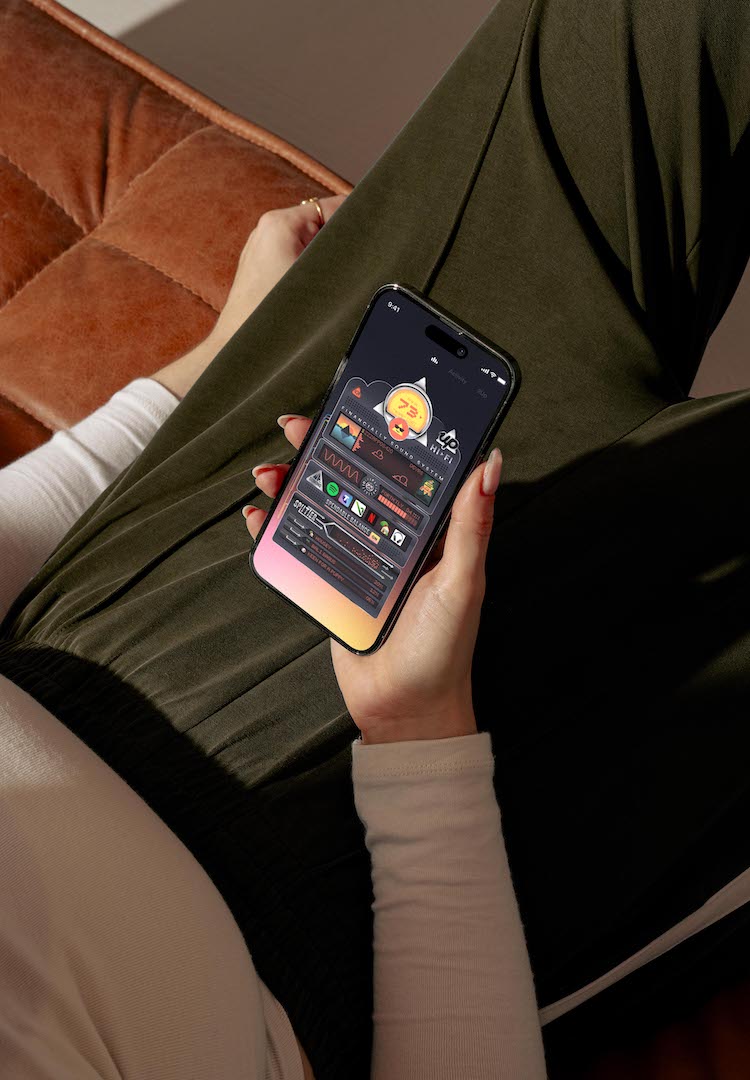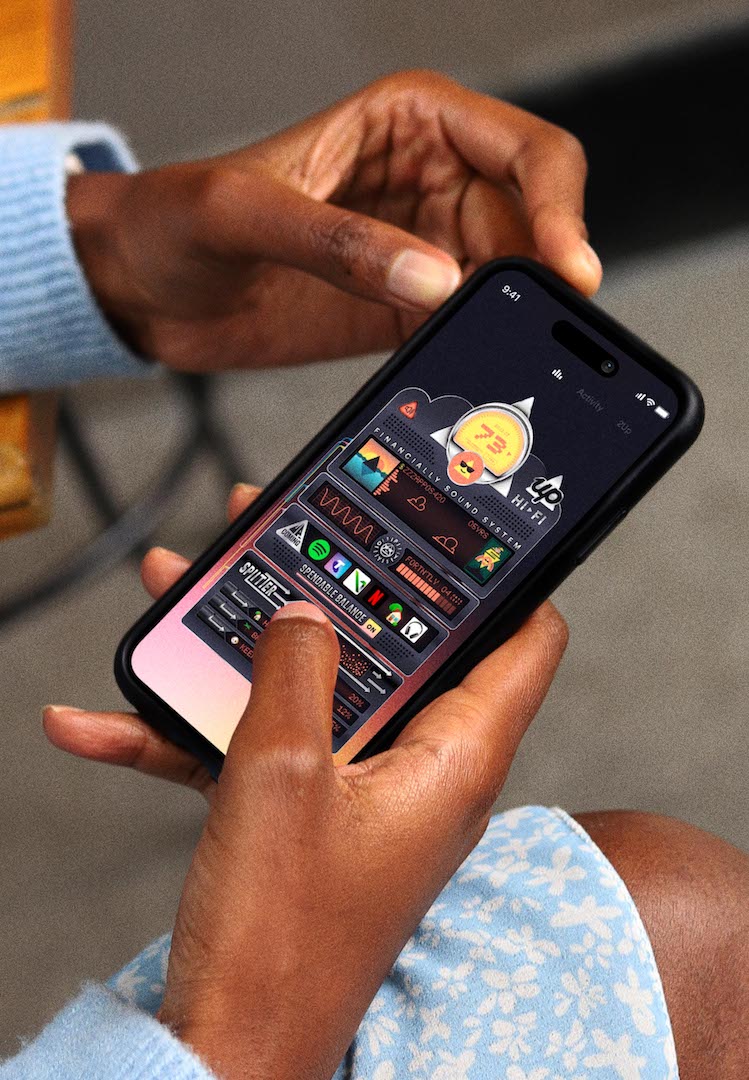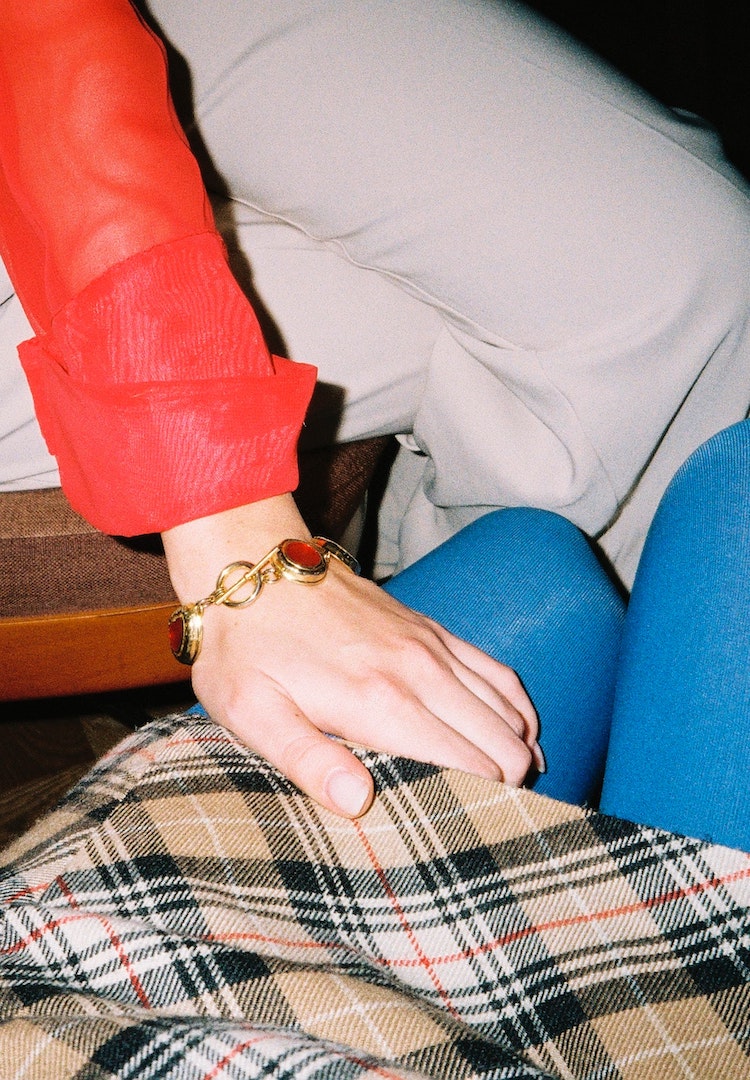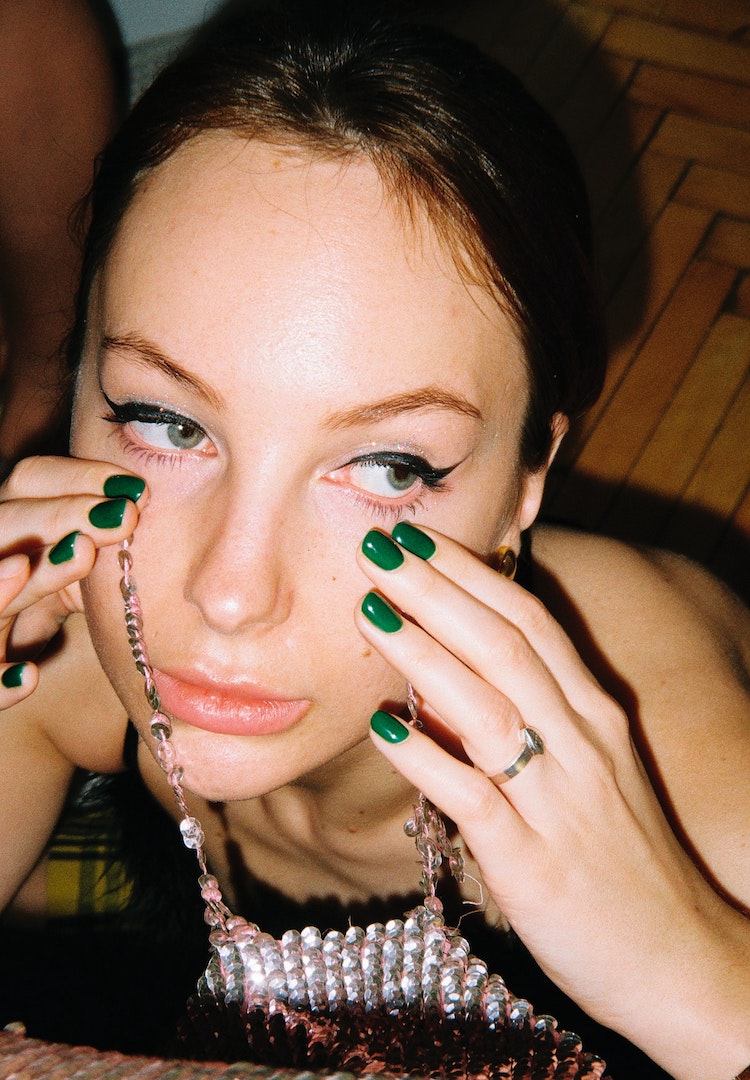“I deserve a little treat”: How to curb emotional spending
Words by Emma Edwards
That satisfaction crash is exactly why we keep going back for more.
Emotional spending ruled my life for much of my twenties. I’d reach for a little treat every time I needed a little pick me up, whether it be after a bad day, a negative body image spiral or ironically enough, money worries.
The thing is, it wasn’t just negative emotions that would send me to spendville. If something good happened too, my immediate thought would be ‘How can I commemorate this occasion with a treat!?’. Sometimes I’d even find myself looking at something I wanted to buy, and rummage around my brain to justify why I deserved it. Did I ever celebrate that distinction I got at uni? I think not! Yay, a new blazer for me!
For more content like this, tap through to our Life section.
Of course, treating yourself isn’t always a bad thing. But there’s a difference between occasional, mindful purchases that bring more than a fleeting hit of dopamine, and emptying your bank account because it feels good in the moment.
We cling to our emotional spending behaviour because it does feel so good. That hit of dopamine and serotonin we’re getting is real, but it rarely contributes to long-term happiness. That satisfaction crash is exactly why we keep going back for more.
Reducing our emotional spending is about more than keeping cash in our pockets. It stops us from outsourcing our feelings and identity to consumption. It’s the shopping equivalent of deleting your ex’s number: hard in the moment, but you’ll look back and thank yourself you did it.
As a now-reformed hot money mess, Financial Behaviour Specialist and author of Good With Money: A Guide to Reclaiming Your Spending Decisions and Taking Control of Your Money, I’m well-versed in turning emotional spending habits around. Here’s how to do it in a way that doesn’t make you feel like giving up on day one.
Give yourself a break
Yes queen, cool your jets on the shame and guilt, and cut yourself some slack. Being good with money isn’t as easy as the old White dudes make out – especially in this economy and in this digital landscape. We’re fed advertising every minute of the day, and it’s a lot for our brains to contend with. Plus, as women, we’ve been sold solutions to our manufactured flaws for decades. Go figure.
Identify your own unique experience with emotional spending
Emotional spending looks different for all of us, and it pays to get clear on what it means to you. Ask yourself, what do you spend money on when you’re emotionally spending? What stories are you telling yourself about that thing? How do you feel when you’re engaging in emotional spending, and how do you feel afterwards?
My emotional spending kryptonite was always clothes. Bad body image day? Buy a new dress to feel more confident. Fuckboy ended a situationship and then macked on with your coworker in front of you that same night? Buy a hot new outfit to try and reclaim control. Got a job offer? Let’s buy clothes to wear to the office!
It came down to outsourcing my confidence, and finding fleeting pangs of happiness and contentment when buying new outfits. I had no idea how to be confident in how I looked without the newness. The backstory behind your emotional spending tells you a lot about how you can change it.
Label the emotion and the behaviour
Once you start to understand more about your emotional spending behaviour, label it. It’s just a process your brain goes through when it wants to feel a certain way. That’s all. It doesn’t mean anything inherently bad about you.
Labelling the behaviour allows us to recognise it in real time and create distance from it, rather than absorbing it as a flaw with who we are. The more separation we have from the behaviour, the more objectively we can look to change it.
Explore different ways of responding to the emotion
Now we’ve identified the emotion, we can explore different behavioural responses. In this instance, I like to think of replacements and redirects. How can we replace the behaviour of spending with something less financially sticky, and how can we redirect that impulse into something else?
What we want to do here is create new patterns in our brains. The reason we keep going back to emotional spending is because we’ve recognised a pattern that feeling and spending go hand in hand. We feel, we spend, we get a buzz.
By repeating different behavioural responses instead of spending, we can gradually learn to respond to our emotions differently. This is also a great opportunity to look at treating the emotion itself. Spending is just the symptom, but when we treat the emotion – and disconnect the subsequent spending behaviour – we can move forward.
Replace the spending behaviour with something else, like watching your favourite show, calling a friend, going for a walk, or taking some time for self-care. Then, redirect your emotion into a healthier resolution other than spending.
I always say here, treat yourself like a small child. Label the emotion you’re feeling, and think about what would treat that emotion if you were a toddler. Ask yourself – what do I need right now? This allows you to see that spending isn’t necessarily what you need right now (despite the fact it might feel good temporarily).
Create a damage control process
Lastly, consider damage control. Sometimes, we just know we’re going to spend money and there’s nothing our rational thoughts can do to stop it. To help neutralise this experience and stop it from becoming an ‘I’ve fallen off the wagon’ moment, we can have a damage control procedure in place.
Once you know you’re past the point of no return, instead of relapsing into old patterns, you can try to:
- Give yourself $20 or $50 to spend on small things that scratch the itch without causing a huge dent in your bank balance.
- Create a wishlist that you add to when you find something you want to buy, then allow yourself something from that list when you feel the urge to spend emotionally. This way, at least, you’re not making an impulse decision.
- Have a selection of ‘safer’ spending categories to help you break specific types of spending. For example, instead of spending on clothes, maybe you spend on Pilates classes or books or get a massage.
All of these pointers form a toolkit that you can use to gradually build a ‘new normal’ for your spending habits. For more guidance on kicking emotional spending, understanding yourself and nailing your money habits for good, find my book Good With Money here.
Emma Edwards is the author of Good With Money and Founder of The Broke Generation. She creates financial media through her articles, newsletter, podcast and social channels, helping people get good with money by getting to know themselves better. Follow her here.


